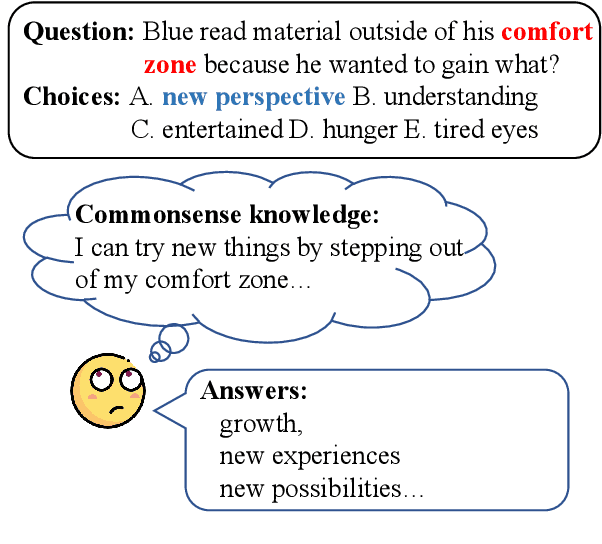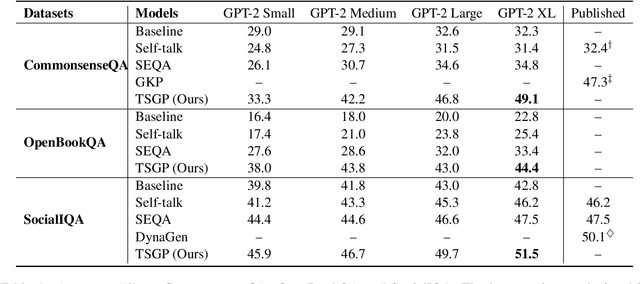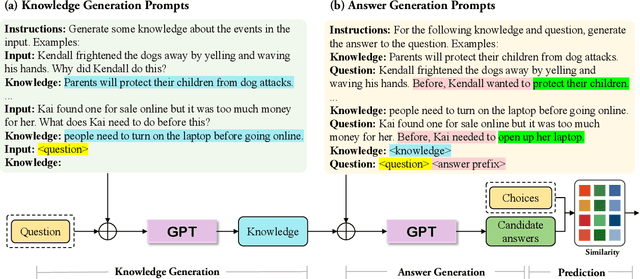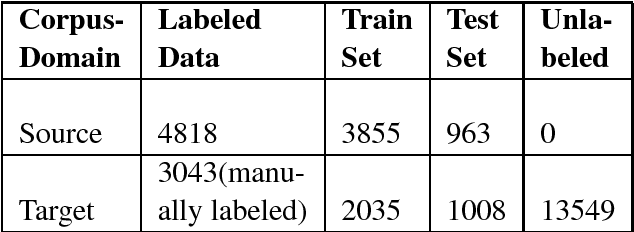Yueqing Sun
VitaBench: Benchmarking LLM Agents with Versatile Interactive Tasks in Real-world Applications
Sep 30, 2025Abstract:As LLM-based agents are increasingly deployed in real-life scenarios, existing benchmarks fail to capture their inherent complexity of handling extensive information, leveraging diverse resources, and managing dynamic user interactions. To address this gap, we introduce VitaBench, a challenging benchmark that evaluates agents on versatile interactive tasks grounded in real-world settings. Drawing from daily applications in food delivery, in-store consumption, and online travel services, VitaBench presents agents with the most complex life-serving simulation environment to date, comprising 66 tools. Through a framework that eliminates domain-specific policies, we enable flexible composition of these scenarios and tools, yielding 100 cross-scenario tasks (main results) and 300 single-scenario tasks. Each task is derived from multiple real user requests and requires agents to reason across temporal and spatial dimensions, utilize complex tool sets, proactively clarify ambiguous instructions, and track shifting user intent throughout multi-turn conversations. Moreover, we propose a rubric-based sliding window evaluator, enabling robust assessment of diverse solution pathways in complex environments and stochastic interactions. Our comprehensive evaluation reveals that even the most advanced models achieve only 30% success rate on cross-scenario tasks, and less than 50% success rate on others. Overall, we believe VitaBench will serve as a valuable resource for advancing the development of AI agents in practical real-world applications. The code, dataset, and leaderboard are available at https://vitabench.github.io/
TSGP: Two-Stage Generative Prompting for Unsupervised Commonsense Question Answering
Nov 24, 2022



Abstract:Unsupervised commonsense question answering requires mining effective commonsense knowledge without the rely on the labeled task data. Previous methods typically retrieved from traditional knowledge bases or used pre-trained language models (PrLMs) to generate fixed types of knowledge, which have poor generalization ability. In this paper, we aim to address the above limitation by leveraging the implicit knowledge stored in PrLMs and propose a two-stage prompt-based unsupervised commonsense question answering framework (TSGP). Specifically, we first use knowledge generation prompts to generate the knowledge required for questions with unlimited types and possible candidate answers independent of specified choices. Then, we further utilize answer generation prompts to generate possible candidate answers independent of specified choices. Experimental results and analysis on three different commonsense reasoning tasks, CommonsenseQA, OpenBookQA, and SocialIQA, demonstrate that TSGP significantly improves the reasoning ability of language models in unsupervised settings. Our code is available at: https://github.com/Yueqing-Sun/TSGP.
JointLK: Joint Reasoning with Language Models and Knowledge Graphs for Commonsense Question Answering
Dec 06, 2021



Abstract:Existing KG-augmented models for question answering primarily focus on designing elaborate Graph Neural Networks (GNNs) to model knowledge graphs (KGs). However, they ignore (i) the effectively fusing and reasoning over question context representations and the KG representations, and (ii) automatically selecting relevant nodes from the noisy KGs during reasoning. In this paper, we propose a novel model, JointLK, which solves the above limitations through the joint reasoning of LMs and GNNs and the dynamic KGs pruning mechanism. Specifically, JointLK performs joint reasoning between the LMs and the GNNs through a novel dense bidirectional attention module, in which each question token attends on KG nodes and each KG node attends on question tokens, and the two modal representations fuse and update mutually by multi-step interactions. Then, the dynamic pruning module uses the attention weights generated by joint reasoning to recursively prune irrelevant KG nodes. Our results on the CommonsenseQA and OpenBookQA datasets demonstrate that our modal fusion and knowledge pruning methods can make better use of relevant knowledge for reasoning.
An Instance Transfer based Approach Using Enhanced Recurrent Neural Network for Domain Named Entity Recognition
Oct 09, 2018



Abstract:Recently, neural networks have shown promising results for named entity recognition (NER), which needs a number of labeled data to for model training. When meeting a new domain (target domain) for NER, there is no or a few labeled data, which makes domain NER much more difficult. As NER has been researched for a long time, some similar domain already has well labelled data (source domain). Therefore, in this paper, we focus on domain NER by studying how to utilize the labelled data from such similar source domain for the new target domain. We design a kernel function based instance transfer strategy by getting similar labelled sentences from a source domain. Moreover, we propose an enhanced recurrent neural network (ERNN) by adding an additional layer that combines the source domain labelled data into traditional RNN structure. Comprehensive experiments are conducted on two datasets. The comparison results among HMM, CRF and RNN show that RNN performs bette than others. When there is no labelled data in domain target, compared to directly using the source domain labelled data without selecting transferred instances, our enhanced RNN approach gets improvement from 0.8052 to 0.9328 in terms of F1 measure.
 Add to Chrome
Add to Chrome Add to Firefox
Add to Firefox Add to Edge
Add to Edge